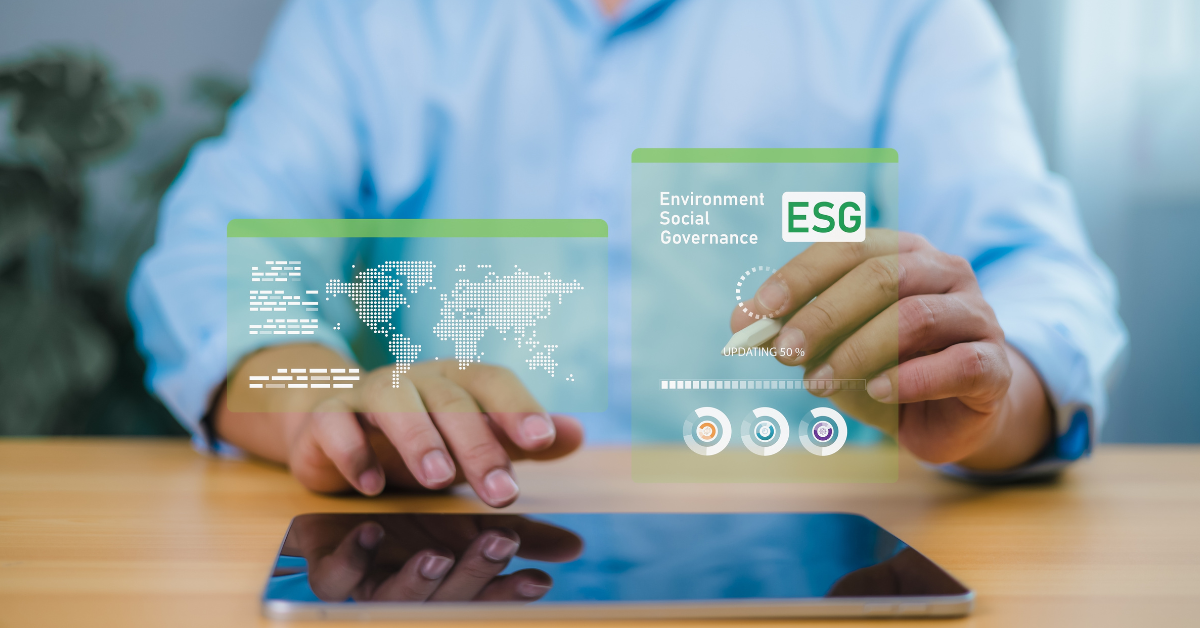
How the EU Omnibus Directive is reshaping ESG compliance for SMEs? Here you find Synesgy’s five strategic suggestions you should listen to.
In a regulatory landscape that’s growing more complex by the day, the EU Omnibus Directive has emerged as a key regulation for companies, especially small and medium-sized enterprises (SMEs).
At first glance, it might appear to be just another set of rules to follow, but in reality, the directive opens the door to a smarter, more accessible path to sustainability and ESG compliance.
The Omnibus Directive is not simply about regulatory alignment, it’s about making sustainability achievable for a broader spectrum of companies.
The essence of the Omnibus Directive lies in its ambition to reduce unnecessary bureaucracy and the reporting complexity of the main sustainability directives (CSRD, CSDDD, CBAM) in order to empower companies to focus on what matters most.
At its core, the directive sets three main objectives:
- Reducing the administrative burden: The
- Targeting meaningful disclosures: Larger companies with more significant environmental footprints will still be required to report under the CSRD (Corporate Sustainability Reporting Directive), but smaller entities can now engage with a lighter, more manageable framework.
- Opening the sustainability path to SMEs: By introducing the VSME voluntary reporting framework, the EU is encouraging smaller businesses to approach ESG gradually, without overwhelming them.
This new approach doesn’t imply that sustainability is becoming less important.
On the contrary, it reflects a shift in how the EU views corporate responsibility, from obligation to opportunity.
Are Companies Ready?
While awareness of the directive is growing, not all companies are equally prepared.
Larger firms, often with existing compliance teams and ESG departments, are typically well-positioned to adapt.
Smaller businesses, however, may not yet fully grasp how these changes affect them, or how they can be leveraged into a competitive advantage.
But as Synesgy points out, this is precisely the mindset the Omnibus Directive seeks to change.
By simplifying requirements and making them proportional, the EU is giving SMEs the chance to build ESG capacity in a realistic, progressive way.
Where the Real Challenge Lies
Despite the simplification, compliance still requires clarity.
As of today, the most difficult task for companies isn’t the reporting itself, it’s understanding what has changed, and for whom.
Mapping regulatory updates, determining whether the company falls under the CSRD or the VSME framework, and deciding how to structure disclosures are all highly technical tasks that often require external consultants or internal upskilling, both of which take time and resources.
Five Strategic Areas Where Synesgy Supports Companies
Synesgy has positioned itself as a reliable partner for businesses navigating ESG, particularly in this post-Omnibus landscape.
Its tools are designed to help companies unlock long-term value from their sustainability efforts.
Below are five key areas where Synesgy provides practical support and guidance.
1. Enhancing Transparency with Purpose
Transparency is a pillar of effective sustainability reporting.
But it’s not just about publishing data, it’s about making it meaningful and accessible.
Synesgy encourages companies to start by identifying which reporting pathway applies: CSRD for larger firms, or the voluntary VSME for SMEs.
From there, companies should ensure their sustainability information is presented on their websites, avoid excessive technical jargon, and be open to dialogue with stakeholders.
Another strategic move is to be explicit about the company’s due diligence practices, where in the value chain ESG risks are assessed and mitigated.
This practice not only improves reporting quality, but also builds trust among investors, customers, and partners.
2. Building Internal Awareness Through Training
For sustainability to take root, it must be embraced across all levels of the organization.
One of the most effective strategies Synesgy has observed involves training programs that extend beyond the company’s walls.
In several case studies, procurement teams held educational sessions with their suppliers to foster shared ESG goals.
Synesgy recommends bite-sized, digestible formats, like “ESG Pills”, and immersive on-campus workshops to embed sustainability thinking.
These initiatives have led to measurable improvements in alignment, collaboration, and ESG performance across the supply chain.
3. Leveraging Technology Wisely
Digital tools play a vital role in easing the compliance burden. However, Synesgy emphasizes that not all tools are created equal.
For the 98% of companies now eligible for the VSME framework, the ideal tools are those that request only the necessary information, eliminate irrelevant complexity, and still deliver credible, validated assessments.
For the remaining companies still under CSRD obligations, a more comprehensive set of tools is needed, those that span from data gathering to ESG report generation.
But even here, simplicity and adaptability remain key.
4. Being Proactive About Compliance and Risk
One of the biggest mistakes companies can make is to treat the Omnibus Directive as something passive, something to react to.
Synesgy recommends taking a proactive stance.
Companies should:
- Track regulatory deadlines
- Define achievable ESG targets
- Begin the journey with intuitive tools
- Conduct thorough risk assessments along the supply chain
This approach transforms compliance from a ticking-the-box exercise into a business risk management strategy that protects and enhances long-term value.
5. Monitoring Progress and Staying Agile
Sustainability is not static, it evolves.
Therefore, continuous monitoring is crucial. To help with this, Synesgy recently launched a “Historical Monitoring” feature that allows businesses to track their ESG performance (and that of their suppliers) over time.
By visualizing past, present, and forecasted performance, companies can identify trends, benchmark improvements, and adapt strategy accordingly.
Practical Recommendations and Common Pitfalls
The businesses that will lead in the coming years are those treating sustainability not as a burden, but as a strategic lever.
As regulatory momentum builds, proactive companies are already reaping the benefits of early action, improved investor confidence, stronger customer loyalty, and preferential access to capital.
Yet many still underestimate the risks of inaction, mistaking today’s flexibility for a reason to delay.
Best Practices from Companies Already Adapting
The companies that are thriving under the new framework are those that recognize the strategic opportunity embedded in the directive.
By embracing voluntary reporting, they are positioning themselves as attractive partners for investors, customers, and collaborators.
These companies are also beginning to enjoy a “greenium”, a sustainability premium that translates into better access to capital, stronger partnerships, and even higher price points for ESG-aligned products.
In short, accurate and credible ESG performance is becoming a market differentiator.
Mistakes to Avoid
Perhaps the most dangerous misconception is to see deregulation as an excuse to delay action.
The reality is the opposite: this is a moment to prepare.
The current window gives SMEs the chance to learn, test, and refine their sustainability strategies without facing immediate regulatory pressure.
Those who seize this moment will have a decisive advantage when sustainability reporting becomes mandatory for all.
Looking Ahead: Synesgy’s Vision and the Future of Corporate Sustainability
The Omnibus Directive is a powerful enabler, but it’s just one component of the EU’s broader sustainability agenda.
Over the next five years, more regulations are expected - both within and beyond Europe - and companies must be agile enough to adapt.
By simplifying initial entry points into ESG, the EU is offering SMEs a head start that will enable those who act now not just to comply, but to lead.
Synesgy’s Role Moving Forward
The Omnibus Directive should not be seen as another checkbox in the compliance process, it’s a strategic invitation to build a more resilient, credible, and future-ready business.
Whether through voluntary reporting or CSRD alignment, companies now have access to smarter tools, clearer frameworks, and unprecedented support.
To support this shift, Synesgy continuously evolves its ESG assessment tools.
In April, the platform updated its SME framework to align with the latest VSME guidelines issued by EFRAG. Thanks to the backing of CRIF Rating Agency, companies using Synesgy can be confident that their assessments are always in step with regulatory expectations.
For companies ready to move from obligation to opportunity, the time to act is now.



